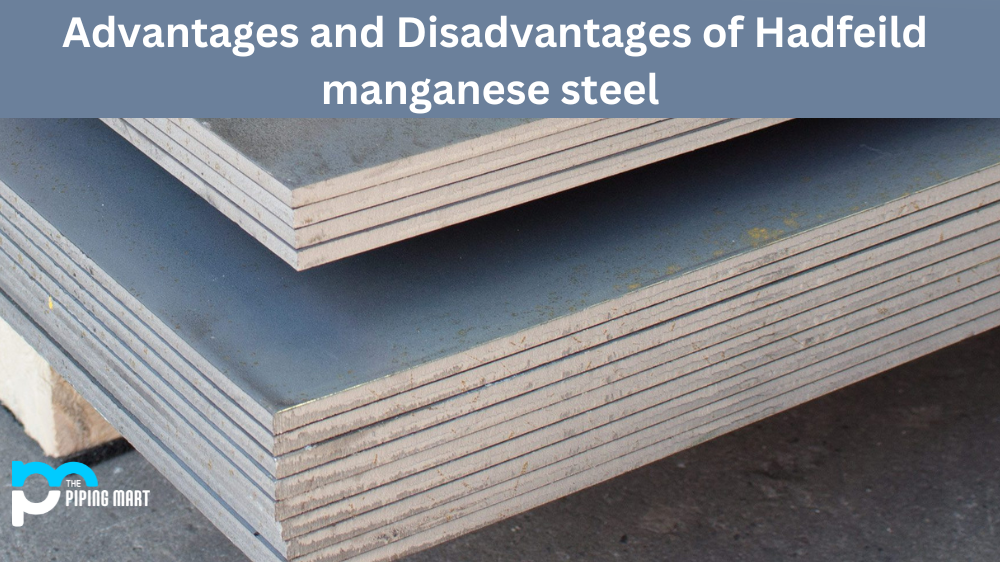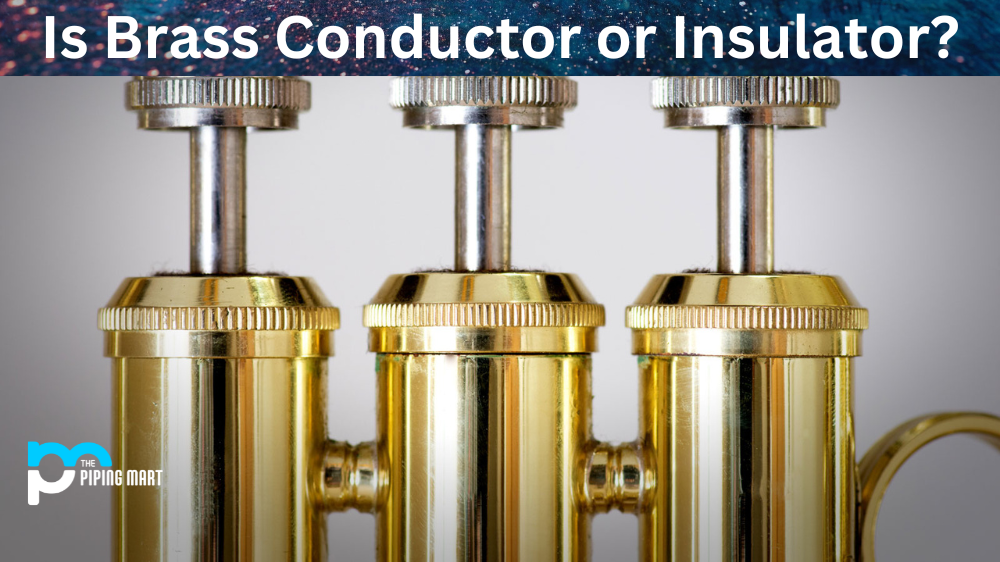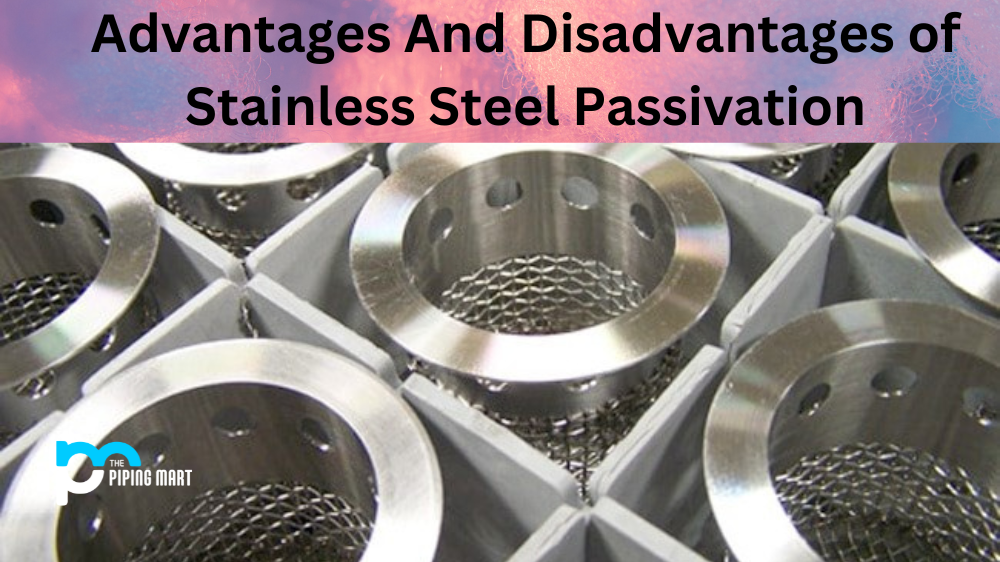Hadfield manganese steel is popular for many engineering applications due to its excellent wear resistance and strength. However, there are both advantages and disadvantages to using this particular material. To help you make an informed decision, let’s look at Hadfield manganese steel’s pros and cons.
Advantages of Hadfield Manganese Steel
One of the main advantages of using Hadfield manganese steel is that it offers a very high level of wear resistance. The high chromium content makes it resistant to abrasion and erosion, which means it can withstand even some of the toughest conditions without suffering any damage. In addition, its high tensile strength makes it an ideal choice for parts exposed to extreme pressure or stress. It also has good ductility properties, which allow it to be easily formed into complex shapes.
Another major benefit of Hadfield manganese steel is that it is relatively inexpensive compared with other materials such as stainless steel or titanium alloys. Furthermore, this type of steel does not require any special treatment to maintain its properties over time; regular cleaning and lubrication will suffice to keep your components functioning optimally over time.
Increased Wear Resistance
One of the primary advantages of Hadfield manganese steel is that it is extremely wear-resistant. This type of steel was originally developed for use in railroad tracks, as it was found to be significantly more resistant to wear than other types of steel. The increased wear resistance of Hadfield manganese steel is due to the high amount of carbon and manganese in the alloy.
Increased Impact Resistance
Hadfield manganese steel is also notable for its increased impact resistance. This type of steel is often used in applications where it is subject to high levels of impact, such as in crushers and hammers. The increased impact resistance of Hadfield manganese steel is due to the high amount of carbon and manganese in the alloy, which works together to absorb the impact energy.
Good Toughness
Another advantage of Hadfield manganese steel is that it has good toughness. This means that the steel is able to withstand significant impacts without shattering or breaking. The good toughness of Hadfield manganese steel is due to the high amount of carbon and manganese in the alloy, which works together to absorb the impact energy and prevent the steel from shattering.
Good Ductility
Hadfield manganese steel is also notable for its good ductility. This means that the steel can be easily formed into various shapes without breaking or shattering. The good ductility of Hadfield manganese steel is due to the high amount of carbon and manganese in the alloy, which works together to allow the steel to be easily formed into various shapes.
Good weldability
Another advantage of Hadfield manganese steel is that it has good weldability. This means that the steel can be easily welded without breaking or shattering. The good weldability of Hadfield manganese steel is due to the high amount of carbon and manganese in the alloy, which works together to allow the steel to be easily welded without breaking or shattering.
5 Disadvantages of Hadfield Manganese Steel
Even though Hadfield manganese steel has many positive attributes, some drawbacks are also associated with this material. One disadvantage is that it tends to be more brittle than other types of steel, so it may not be the best choice for applications where flexibility is required. Additionally, this type of steel can corrode more quickly when exposed to acidic environments, so proper maintenance must be carried out to prevent corrosion. Finally, this type of steel can also be susceptible to surface cracking if subjected to too much stress or pressure over extended periods of time.
High Cost
One of the primary disadvantages of Hadfield manganese steel is its high cost. This material is significantly more expensive than traditional carbon steel, and this can make it prohibitively expensive for some applications.
Limited Availability
Another downside of Hadfield manganese steel is its limited availability. All steel manufacturers do not produce this material, and it can be difficult to find suppliers that carry it.
Difficult to Machine
Hadfield manganese steel is also difficult to machine due to its high hardness and abrasion resistance. This can lead to increased machining costs and longer lead times for parts made from this material.
Corrosion Resistant
While Hadfield manganese steel is extremely corrosion resistant, it is not completely immune to corrosion. This material can corrode over time in certain environments, such as those with high concentrations of acid or salt.
Requires Special Handling
Due to its high hardness and abrasion resistance, Hadfield manganese steel requires special handling during transport and storage. This material is also susceptible to chipping and cracking if it is not handled correctly, which can lead to increased costs and downtime for repairs.
Conclusion:
Overall, Hadfield manganese steel is a great option for many different engineering applications due to its excellent wear resistance and strength properties. However, as with any material, there are both advantages and disadvantages associated with its use, so you should always consider all the options before making a final decision about what type of material will best suit your needs. If you need assistance deciding whether or not Hadfield manganese steel is right for your application, get in touch with an experienced engineer who can provide advice tailored specifically to your project requirements!

Meet Bhavesh, a seasoned blogger with a wealth of knowledge and experience. From metal products manufacturing to retail, Bhavesh has a diverse background in various industries and is dedicated to sharing his insights and expertise with readers.




